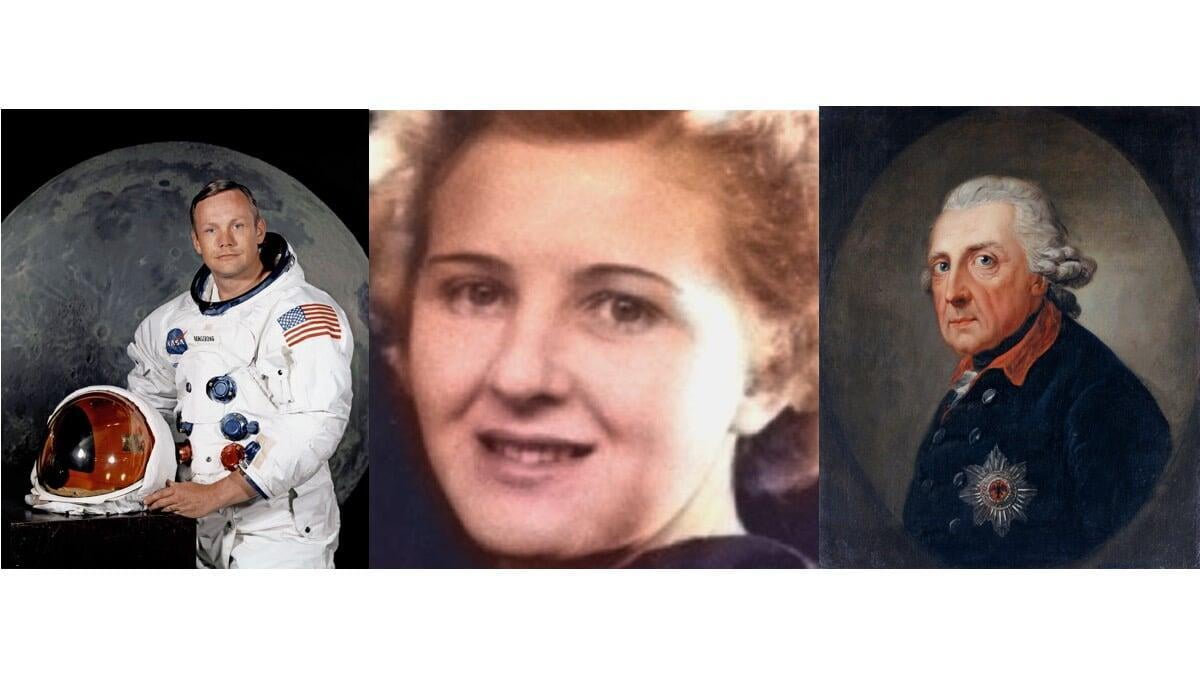How Hydrogen Cyanide Changed the World

Hydrogen cyanide is a highly toxic material, which with a concentration in the range of 100–200 parts per million (ppm) in air, will kill a human within 10 to 60 minutes. A hydrogen cyanide concentration of 2000ppm will kill a human in about one minute. When hydrogen cyanide enters the body it stops the cells of the body from being able to process oxygen. Features of poisoning include anxiety, nausea, headache, confusion, lethargy, and vomiting, and incontinence. It is a particularly effective poison. It was the gas used by the Nazi regime to exterminate millions of people in the death camps of Auschwitz and Treblinka, and also as a means for many prominent Nazis, such as Herman Goering, Heinrich Himmler and Eva Braun, to commit suicide at the end of the war.
With a structure made from a single atom of hydrogen, carbon and nitrogen, Hydrogen Cyanide (chemical formula HCN), was first isolated by a French chemist, Pierre Macquer, in 1752, from a pigment called Prussian Blue. The new material, which he called Prussic acid, was a colourless, extremely poisonous and flammable liquid that boils at 25.6 C to produce a colourless to a pale blue gas, with a distinct odour resembling bitter almonds.
Prussian Blue was the colour worn by the armies of the Kingdom of Prussian, who during the reign of Frederick II (known as Frederick the Great, or “The Old Fritz”) became one of the leading military powers of Europe. Frederick was known for his reorganisation of the Prussian armies, his patronage of the arts and the Enlightenment, and his final success against great odds in the Seven Years' War. Frederick was the last Hohenzollern monarch to be titled King in Prussia after achieving sovereignty over most historically Prussian lands in 1772.
Hydrogen cyanide is primarily used in the manufacture of other chemicals for use in paints, plastics and synthetic fibres such as nylon. Nylon was the first commercially successful synthetic thermoplastic polymer. It was first produced on February 28, 1935, by Wallace Hume Carothers
Nylon was first used in a nylon-bristled toothbrush in 1938, and followed more famously in women's stockings or "nylons" in 1940. During World War II, almost all nylon production was diverted to the military for use in parachutes. Post war the applications for nylon mushroomed, and it is still widely used today. When Neil Armstrong declared one giant leap for mankind and planted a US flag on the moon, it was made from (you guessed it) nylon. In this way man has not only polluted the oceans of earth with plastic waste, but also managed to do it on the moon too.
None of this would have been possible without the discovery and use of hydrogen cyanide, but with a material so toxic great safety precautions are also necessary. So dangerous is Hydrogen Cyanide that, unlike most toxic materials which have long term and short term exposure limits, Hydrogen Cyanide has a single Maximum Exposure Limit of 10 parts per million.
So if anyone ever asks you what connects Eva Braun with Frederick the Great and Neil Armstrong, now you’ll know.
